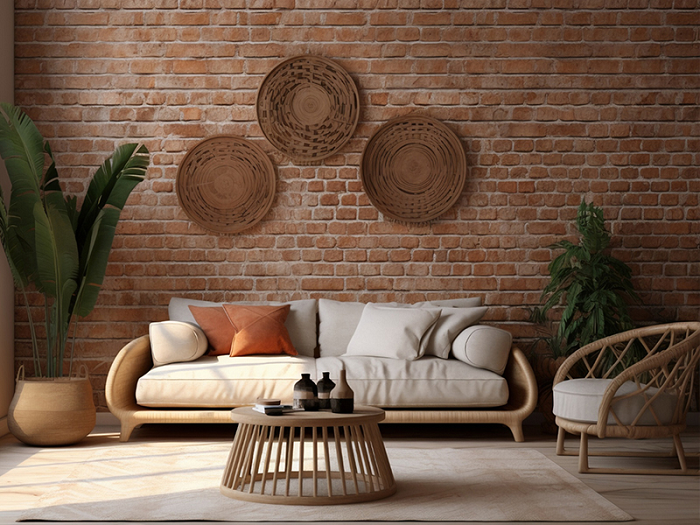Eco-style most often includes wood furniture, stone and marble accents, flooring and countertops, linen curtains, pillows and upholstery, and home furnishings made from ceramic, jute and plant fibers.
However, there are some nuances here that are worth considering. Experts note that natural materials, such as wood, wool or stone, seem inherently safe for the environment, but in fact, the impact of a product on it must be assessed comprehensively, taking into account all factors.
For example, wood trim products can only be eco-neutral if they come from legally harvested sources and are certified wood products. However, even in this case, it is necessary to estimate the energy costs of transporting wood from one end of the world to the other.
Before choosing natural materials for furniture, decor or finishing, manufacturers should also consider alternative options such as synthetic materials, especially if they are made from recycled plastic waste: this will not only reduce the environmental burden, but will also help reduce waste and their disposal.
Experts emphasize that natural materials are versatile: they can be used in any interior style – both classic and the most modern. In addition, they are harmoniously combined with other materials.









